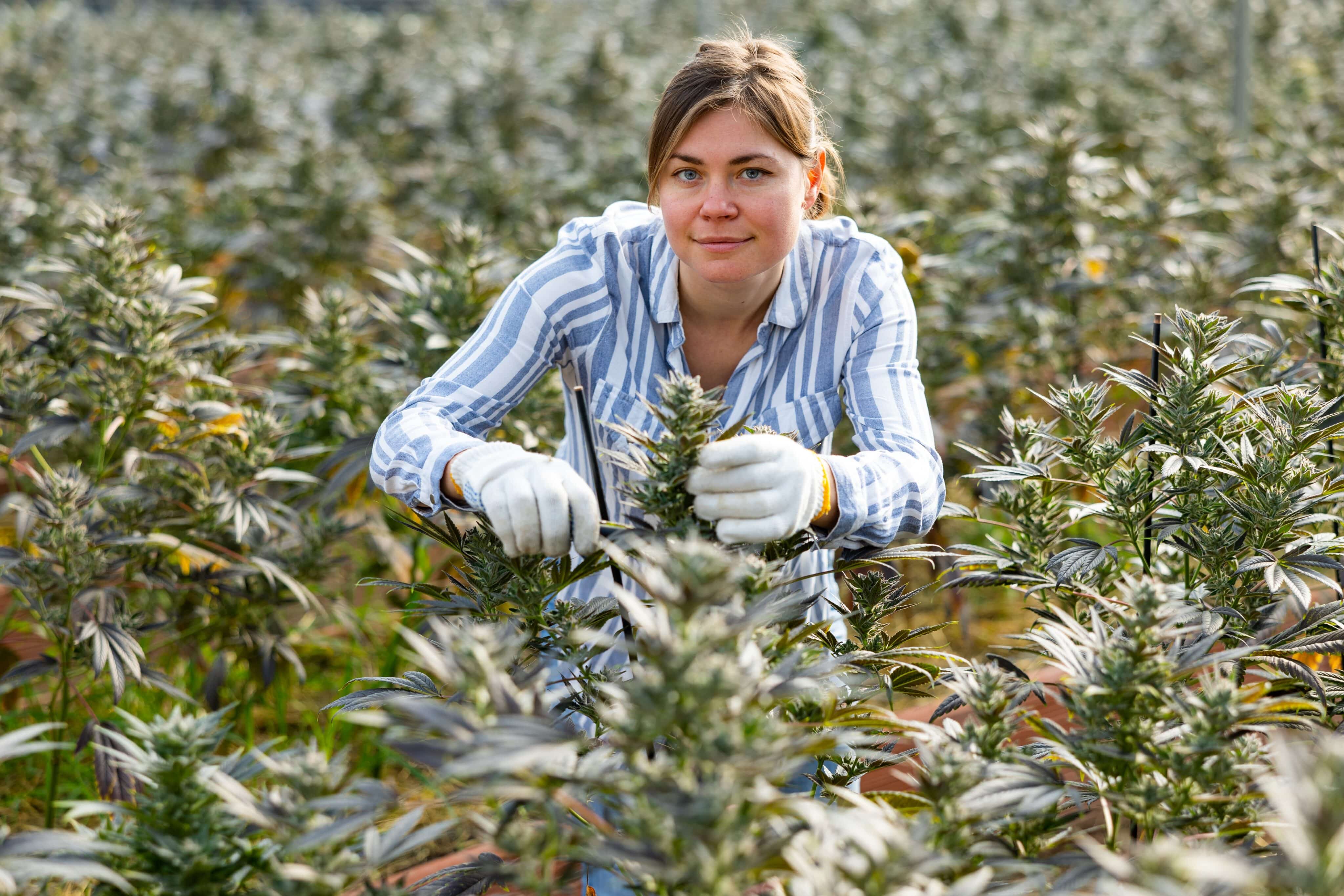Cannabis Industry Has 440,000 Full-Time Workers
FeaturedTrending Stories April 24, 2024 MJ Shareholders 0

More than 440,000.
That is the approximate size of the cannabis industry’s labor force in this country, according to newly published research.
The data, compiled by Vangst and Whitney Economics, shows that the United States’ legal marijuana industry added almost 23,000 jobs last year, amounting to a 5.4% year-over-over increase.
That brings the total number of full-time workers in the industry to 440,445.
The increase in 2023 may be a “sign that the business climate has begun to stabilize somewhat nationally after the turmoil of the past two years,” the report said.
More from the jobs report:
“Nationwide, annual cannabis sales increased to $28.8 billion in 2023, a 10.3% rise over 2022’s sales. That figure includes all state-regulated medical and adult-use sales, but does not include hemp-derived products. That’s good news for an industry that has endured strong headwinds. After a rough 2022 that saw a contraction of more than 10,000 jobs, sales and hiring stabilized and began trending slightly upward in the second half of 2023. Not all job markets expanded equally. Below the surface, a complex mix of factors were at play.”
But the report also pointed to regional variance in the U.S. weed market.
“The national 5.4% growth in jobs wasn’t spread evenly. Now more than ever, America’s cannabis industry is a state by-state, region-by-region job market. Young markets in recently legalized states continue to expand and create employment opportunities, while labor demand in mature markets contracts along with revenue and profit margins,” the report said.
The growth of the past year “was driven largely by steep-curve expansion in young Midwestern markets — Michigan, Missouri, and Illinois — and the moderate growth of East Coast markets like New York, New Jersey, and Connecticut,” it said.
“Meanwhile, mature markets in the West were hit by price compression, oversupply, and competition from hemp-derived products and unlicensed sales. They saw a decline in annual sales and the loss of thousands of jobs. In years past, the cannabis industry sailed steadily on through rough macroeconomic weather. Indeed, cannabis famously enjoyed a ‘Covid bump’ of expanded sales during a pandemic that battered most other storefront retail operations,” according to the report.
“Not so with today’s challenges. The current era of high interest rates and expensive capital has hit cannabis with full force. Cannabis companies nationwide are delaying expansion due to the high cost of debt. As the Federal Reserve indicates it may start lowering rates in later 2024, it’s tough to justify locking in a loan at today’s high rates when cheaper money may become available a few months down the road. Add to that a cash flow concern percolating in many markets: More and more vendors are delaying invoice payments in order to cover their short-term costs. A recent Whitney Economics survey found that 82% of cannabis companies are struggling with accounts receivable issues. That impacts a business’ ability to pay the industry’s famously onerous local, state, and federal taxes — and dampens a company’s ability to hire more staff.”
Vanst and Whitney said that there are “bright spots on the horizon” after a period of “alarming revenue decline” in the industry.
Last year’s jobs report from the two firms found a loss of more than 10,500 jobs in America’s cannabis industry, which was a first.
“Stretching back to 2014, when the first legal adult-use stores opened in Colorado and Washington, the industry had enjoyed job growth of 15% to 41% year-over-year. For nearly a decade, cannabis was America’s fastest-growing industry,” the report explained.
But that changed in 2022, “when a postpandemic sales slump coincided with investment pullback, global inflation, rising interest rates, depressed wholesale prices, and changes in consumer purchasing patterns. But while those problems didn’t vanish in 2023, the industry’s job growth was spurred by “the expansion of new and maturing markets in the Midwest and East Coast.”
“After an alarming revenue decline, mature markets like Colorado should find a solid landing point and settle into their natural equilibrium over the next 12 to 24 months. Slow-growing markets like New York will continue to expand, and the newly legal Ohio market should open its first retail stores by the end of the year. Meanwhile, lower interest rates in the second half of 2024 are expected to open up the lending window and provide more cash for thriving companies to expand and add needed staff,” the report said.
“And, as always, federal reform looms out there as a medium-term unknown.
Few expect a significant reform measure (SAFER banking or — long shot — federal legalization) to win approval in Congress prior to 2025. The Biden Administration’s effort to move cannabis to Schedule III continues to grind away, and predictions vary as to the real effects of rescheduling — everything from the unleashing of a new era of post-280E prosperity to a more muted financial effect accompanied by uncertainty around the FDA’s regulatory role.”
MJ Shareholders
MJShareholders.com is the largest dedicated financial network and leading corporate communications firm serving the legal cannabis industry. Our network aims to connect public marijuana companies with these focused cannabis audiences across the US and Canada that are critical for growth: Short and long term cannabis investors Active funding sources Mainstream media Business leaders Cannabis consumers











No comments so far.
Be first to leave comment below.